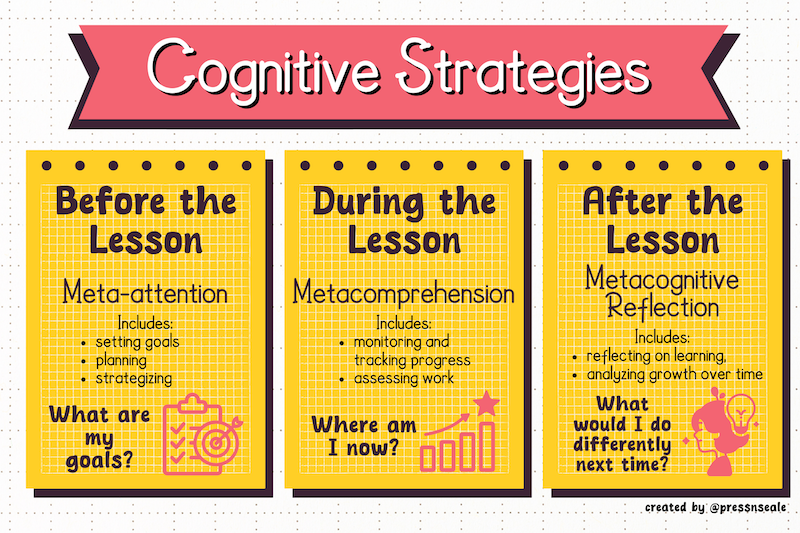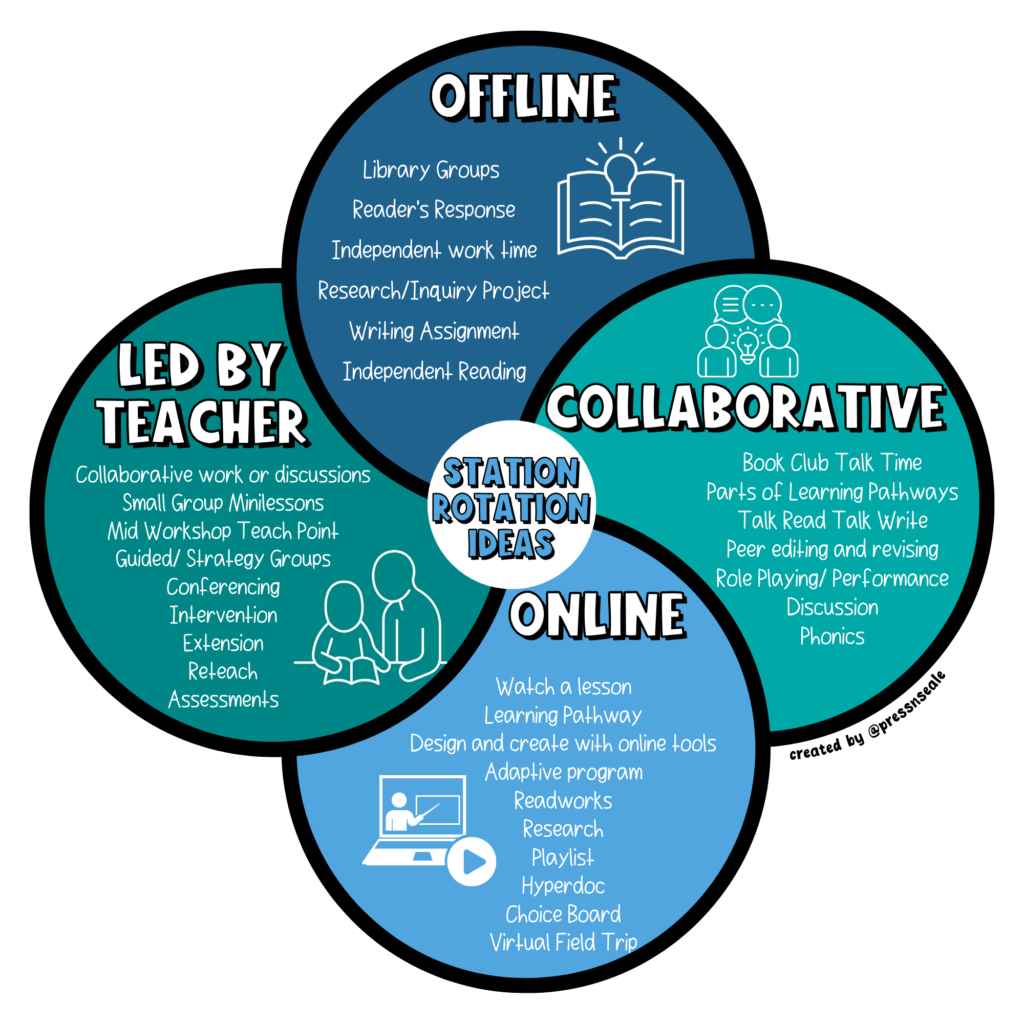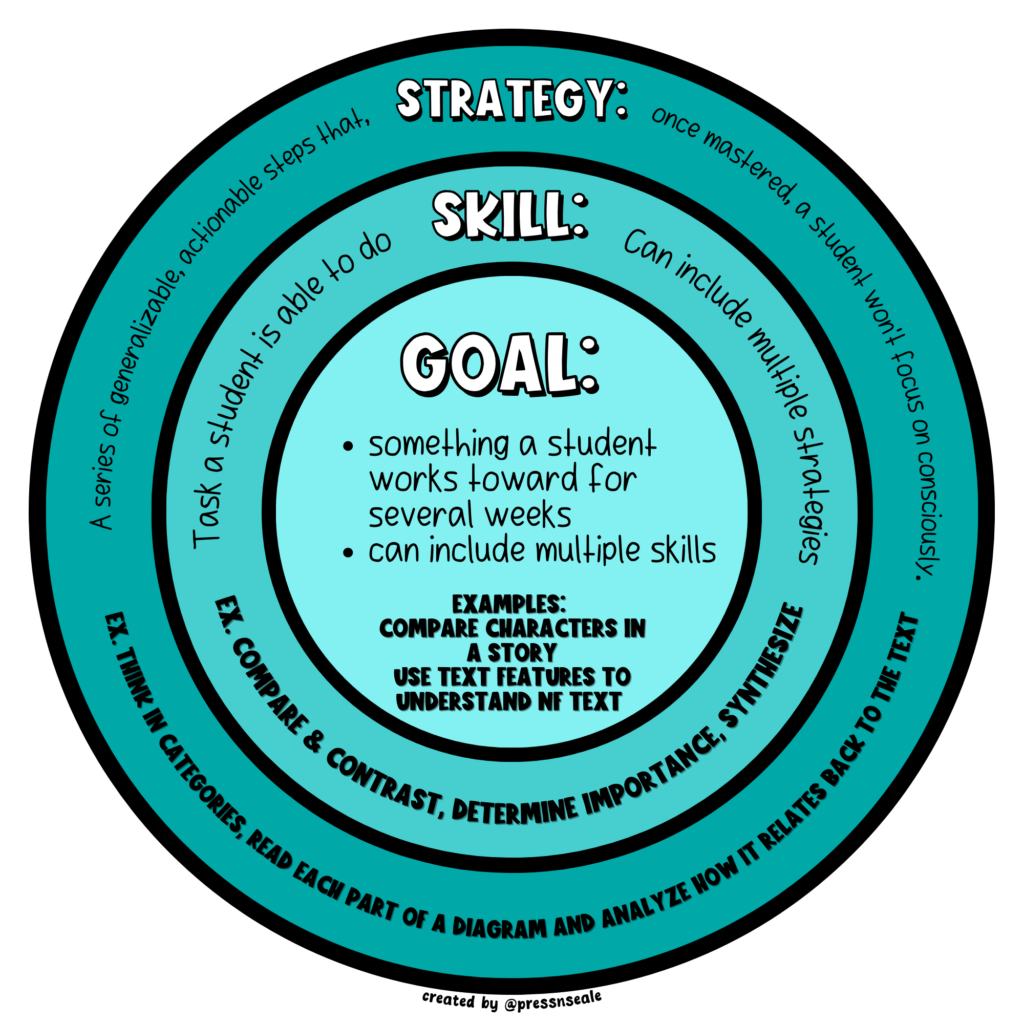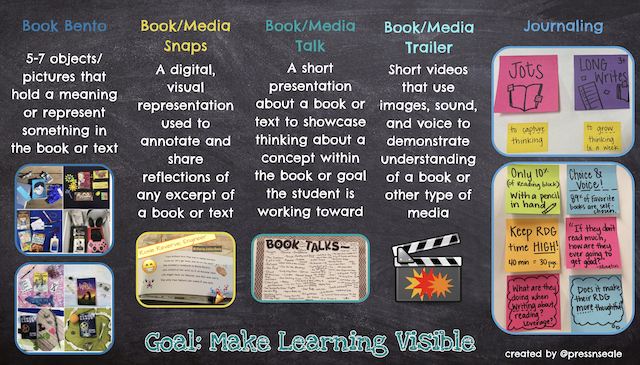Open your favorite website (maybe you are already on it!). What do you notice on the page? What percentage is text, pictures, videos, ads, or links? Chances are the sites you typically frequent do not feature endless pages of information. You are far more likely to encounter sites that rely heavily on visuals, audio, and graphics to convey information. Maryanne Wolf, author and brain researcher, says, “young readers have to develop a bi-literate brain – learning the needed skills and dispositions for paper and digital reading in tandem – much in the way children who are raised to speak two languages develop their skills.” So what kind of skills do students need to develop good reading behaviors across print and digital media? Let’s explore how we can foster readers as learners.
Why Is Digital Literacy Important?
In today’s digital society, information has become more widespread and easily accessible, which means our students have more knowledge at their fingertips than any other generation in history. Consequently, educators must shift into the role of “facilitator” to empower students to take ownership of their own development as readers and learners. Literacy in our digital world means students must learn to evaluate ALL the information they encounter to make sense of the world. Fostering readers as learners means ensuring students understand that reading skills are life skills. As educators, we must leverage resources so students develop the ability to learn whatever they want to learn in a variety of digital and print formats and platforms.
How to Promote Literacy Success Across the Board
However, fostering readers will not happen if educators never help students make connections beyond a short block of reading time. Let’s take a look at several ways we can help students develop and hone the thinking skills they need to be successful across all settings, platforms, and genres.
1. Leverage the Gradual Release of Responsibility framework for the development of cognitive strategies that support all learners.

The Gradual Release of Responsibility model works well to support building thinking skills in students no matter the format of the information. It helps move them toward independence, both when teaching strategies and teaching content. Our interactions with students change because the explicit teaching point will be different the first time you teach a skill compared to the third or fourth. As our students take on more of the responsibility of using the skills and strategies, they are also able to take on a higher level of thinking work.
When this model is employed effectively, all students, even those who may be otherwise missing background knowledge, are able to build and draw upon the necessary schema to make learning possible. This, in turn, facilitates the development of deeper cognitive thinking. Students who are comfortable using cognitive strategies are more flexible, strategic, and productive in their learning processes because they are learning how to think critically. They are doing more than learning material; they are learning HOW to learn.

2. Leverage blended learning to support small group literacy instruction and conferring.
The less time we spend talking, the more time we have to work with students. Blended learning bridges the gap and helps keep all students focused, even when they aren’t with you. The station rotation model, in particular, works well at the elementary level to allow the teacher to differentiate based on diverse student needs. This includes choosing a form of Personalized Learning that fits, when appropriate. We want to stick closely to our literacy instructional strategies that work and use them to leverage the time we have effectively and efficiently.

3. Explicitly teach reading comprehension strategies to promote the transfer of literacy skills.
The goal is for comprehension strategies to become internalized and automatic, naturally occurring to synthesize information without the conscious thought of the reader. We also have to teach that these literacy skills transfer across subjects, genres, and platforms. The skills that you use to understand how a character is feeling are the same skills you might use to understand the motivations of important people throughout history. This is true if you read about them in texts or learn about them through other forms of multimedia.

In addition to this explicit instruction, it’s also vital to provide students with opportunities to respond to texts and other types of media and to choose response types and tools that work across the curriculum. Canva, Flip, Seesaw, and Book Creator are all examples of tools that can be taught once and then used in a variety of ways throughout the year for students to demonstrate evidence of their learning. They can be used with strategies like these:

4. Teach and model with a variety of media and text formats.
In our world today, we have access to information on such a large scale. Not only do we have more information to evaluate, summarize, and synthesize; but we also have more ways that information is presented. Modeling and teaching with all the different types of media is crucial to student literacy and reading success. This includes honoring and acknowledging that formats like audiobooks, graphic novels, vlogs, and other less traditional media are all valid and respectable avenues for learning!
In their book “Read the World,” Ziemke and Muhtaris include lessons that explicitly teach ways for students to “read” images, videos, graphics, and artifacts. But more importantly, we can’t just teach students how to do these things. We must model and continue to scaffold these strategies (both in print and digital) so students can transfer them into their everyday reading and thinking habits.
What will learning look like tomorrow?
As we work to support our students in literacy and learning at high levels, we must continue to think about what learning will look like tomorrow. If students are taught not just how to read, but how to learn in our digital world, they will be empowered to reach whatever goals they choose to set for themselves. And they’ll have the skills needed to do so. When we marry our tried and true instructional practices that work with authentic opportunities and real-world connections that take learning outside of the instructional block, we can have an enormous impact on the capabilities of the students we teach every day.

